





The flags of the German Empire have their roots in the flags of the North German Confederation. They were, like the constitution, quasi assumed. However Germany was now a national state, wherefore the federal flag of the North German Confederation now changed into the national flag, this means that the colors black, white and red now got applyed on the nation (meaning and origin of the black-white-red flag ← click here). Because of the by the creation of the empire reached centralization of special offices, institutions or protruding positions, and not last by the purchase of colonies, got adoped numerous official flags. However maintained six northern federal states their own naval official flags. Especially those flags, which showed the Prussian eagle, went through some changes in the years from 1871 till 1918 (for instance:
naval and war flag ← click here). Due to the revolution in the November 1918 the monarchy got overthrowed. On the 9th of November in 1918 the emperor resigns, and abandons his throne irrevocably on 28th of November in 1918. On 19th of January in 1919 were elections to the constitutional national assembly, which passes on 6th of February in 1919 an emergency constitution, and on the 11th of August in 1919 the ultimate republican and federal constitution. In the single federal countries with their respective monarchies parallelly performes an equal process, which even here ends in republican and federal constitutions. This process was generally finished until 1920/21. The republican redesign or even abolition of the flags of the German Empire was a gradual process, and prolongs until 1921.
Source: Volker Preuß

Read here:
Informations, history and facts about the theme "postal flags".



1871–1919,
The coat of arms of the German Empire

The coat of arms of the German Empire showed a red armed black eagle on golden ground. It has placed a shield in the chest with the coat of arms of Prussia, because ther German Emperors had been the Kings of Prussia. Above the shield the Imerial Crown. The eagle is a very old symbol, which goes back to the military field signs of the Roman legions. These have consisted in a vertical hold-stick, and on its upper end was fixed a crossbar. On this crossbar sat an eagle. The coat of arms of the Holy Roman Empire of German Nation showed a black eagle in a golden field. The image of the eagle was already popular at the Roman emperors, and it appears in the middle ages except of the empire's flag even on German coins, to symbolize even there the continue of the Roman emperorship (nascence and origin of the color red in the imperial eagle ← click here).
Source:
Volker Preuß

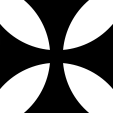
1915–1917
Aircraft Roundel,
Source: Wikipedia (EN)
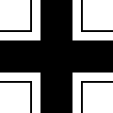
1917–1945
Aircraft Roundel,
Source: Wikipedia (EN)


to 1919, Cockade of the German Empire

Read here:
Informations, history and facts about the theme "Cockades".

Cockade

The federal states of the German Empire from 1871 to 1920 (all designations in German)
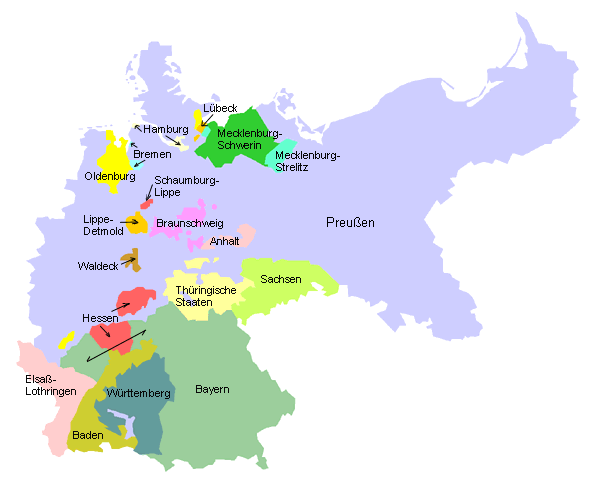
Source: Volker Preuß
 ← click or tap here
← click or tap here

Area: 208.393 square miles (1878)
Inhabitants: 44.211.00 (1878)
Density of Population: 212 inh./sq.mi.
Capital: Berlin
official Language: German
Currency 1871–1924: 1 Mark = 100 Pfennig
Currency 1924–1948: 1 Reichsmark (RM) = 100 Reichspfennig (Rpf.)
Source:
Wikipedia (D),
Der Michel

18th of January in 1871 · proclamation of the German Empire at Versailles, the king of Prussia was proclaimed as German Emperor, the constitution of the North German Confederation becomes transmitted with a few changes to the German Empire, France cedes the Imperial Province of Alsace-Lorraine to the German Empire, chancellor becomes Otto von Bismarck
1884 · Berlin Congo Conference, the German Empire develops its own colonial policy, and purchases until 1899 colonial possessions (Togo, Cameroon, German Southwest Africa, German East Africa, Kiaochow, Kaiser Wilhelm Land, Samoa, Nauru, the Mariana Islands, the Caroline Islands and the Marshall Islands)
1890 · resignation of Chancellor Bismarck
1914–1918 · First World War, an alliance of the German Empire with Austria-Hungary presses the German Empire on the side of the Central Powers into the war, because of the by Russia declared war on Austria-Hungary, after success and peace treaty on the eastern front, follows defeat is on the Western Front because of the intervention of the United States, in the German Empire arises the civic November Revolution, overthrow of the monarchy in the kingdom and in the federal states
9th of November in 1918 · proclamation of the Republic (also known as the Weimar Republic, because the constitution was created in Weimar)
28th of June in 1919 · Dictate of Versailles, peace treaty between the German Empire and the Allies after the First World War, the German Empire is not involved in the negotiations and is – under the threat of occupation – forced to sign, the solely guilt on war of the German Empire becomes determined, the German Empire loses all its colonies and 27.000 sq.mi. of its territory, must disarm its army to 100.000 men, and suffer a 15 years enduring occupation of the River Rhine left-bank areas and pay gigantic reparations
Source: Wikipedia (D),
Atlas zur Geschichte,
Discovery '97,
Volker Preuß

Germany is the land of the Germans. The Germans themselves are not a growed nation in the usual sense, but originally an alliance of Germanic tribes. The Gemans call themselves "Deutsche". The word "Deutsche" comes from the ancient word "teudisk", what translated means "belonging to the tribe." It was used by the tribes which have spoken the "Theodisk" language, which goes back to the tribe of the Teutons. In 843 the Teutons were first called as "Teutisci". Over the yearhundreds "teudisk" became to "tiutsch" and later "deutsch". Neighboring nations or tribes, who were not "teudisk" took over the word for the Germans. In this way the Italians say: "Tedeschi", the Germanic Scandinavians: "Tysk" the Dutchman: "Duitse". Others simply called the "teudisk" as Germans, even if they were Germanic themselves, so the English: "Germans", but other nations acted in the same way, e.g. the Greeks: "Germanoi", or the Romanians: "Germani". Other neighbors took over the name of the tribe, with whom they had to do on their border, over all the tribes of the land, so the Frenchman: "Allemand," which goes back to the tribe of the Alemanni. This is internationally widespread. The Finns, call the Germans "Saksa," which goes back to the tribe of the Saxons. The Russians call Germany "Germania", but the inhabitants and their language they call "Nemjetski", which can be translated with "the dumb" because the Germans in Russia was once forbidden to speak their own language. Even this "Nemjetski" became widespread, so in all Slavic languages and as well as in the Hungarian language as "Nemat".
Source: Handbuch der geographischen Namen,
Volker Preuß













![]()

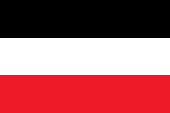



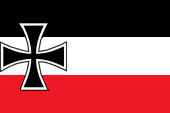


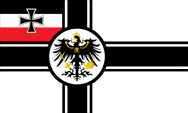



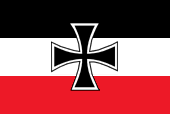



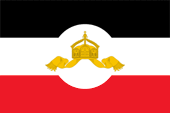


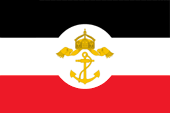


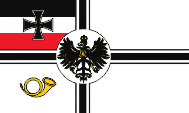


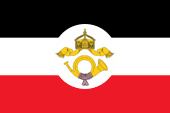


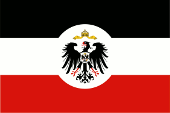
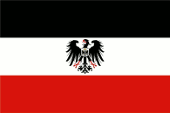



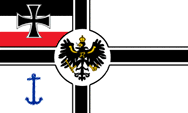


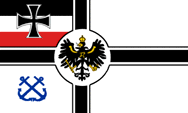



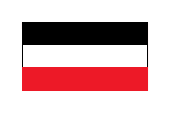


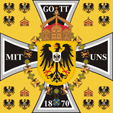


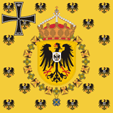


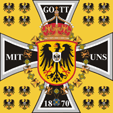


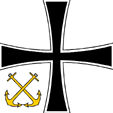


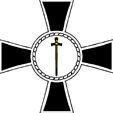


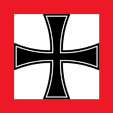


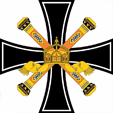


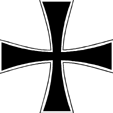


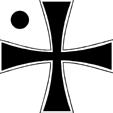


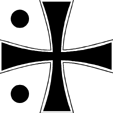









![]()